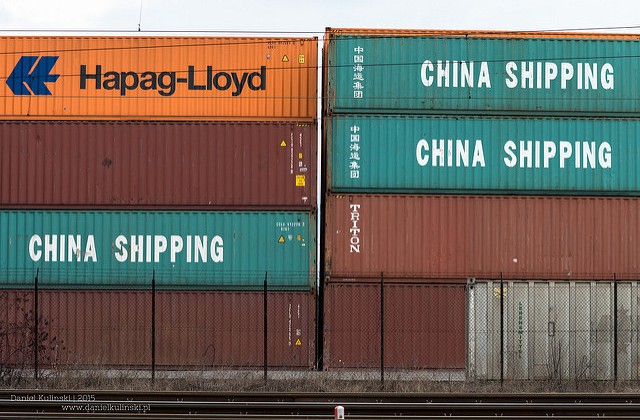
As 2016 finally comes to a close, the Alliance for American Manufacturing is counting down our top five most popular blogs of the year. Coming in at No. 3 is an entry from March titled New Study: Trade Deficits with TPP Nations Cost 2 Million Jobs in 2015, which looked at how the trade deficit with Trans-Pacific Partnership (TPP) nations like Japan had led to job loss. At the time, it appeared the TPP was likely to go into effect; President-elect Donald Trump has now pledged he will withdraw from the proposed deal.
We've copied the entry below; stay tuned all week as we countdown to No. 1.
The U.S. goods trade deficit with countries in the proposed Trans-Pacific Partnership (TPP) trade agreement cost the United States 2 million jobs in 2015 — 1.1 million of them in manufacturing — according to a new report from the Economic Policy Institute (EPI).
TAKE ACTION: Tell the presidential candidates to do something about foreign currency manipulation.
And researchers Robert E. Scott and Elizabeth Glass argue that the United States can expect its trade deficit with these nations to continue to increase if the TPP goes into effect and does not directly address currency manipulation.
The EPI researchers are not the first to raise the red flag about potential manufacturing job loss in the TPP.
A pro-TPP study from the nonpartisan Peterson Institute for International Economics found that 50,000 U.S. workers, most in manufacturing, could be out of a job each year during the implementation of the TPP. Researchers at the Global Development and Economic Institute at Tufts University were more pessimistic, arguing that nearly 450,000 U.S. jobs would be lost due to the trade deal.
EPI predicts job losses specifically because the agreement doesn’t do anything concrete to address currency manipulation by member nations. When a country artificially depresses the value of its currency, it acts like a subsidy to the goods its exports and a tax on what it imports from the United States.
That makes it harder for the United States to export its own goods, and makes it easier for the U.S. to import good. That creates trade deficits — which then drive job losses.
The $177.9 billion goods trade deficit with the 11 TPP nations in 2015 reduced the overall U.S. GDP by $284.6 billion. Of the 2 million jobs eliminated, 738,300 jobs were in the motor vehicles and parts sector, which equaled about 36.4 percent of the total jobs lost. Other manufacturing sectors that saw job loss include apparel, computer and electronic parts.
But manufacturing wasn’t the only industry that took a hit. Health care and social assistance sectors lost 204,200 jobs, retail trade lost 142,800 jobs, accommodation and food services lost 101,800 jobs and finance and insurance lost 42,700 jobs.
All states and all but two congressional districts saw job losses because of the trade deficit with these 11 countries, which include known currency manipulators like Japan, Singapore and Malaysia. Seven of the 10 states with the highest job losses were in the Midwest or Southeast, — places where manufacturing is a key part of the economy — including Michigan, Indiana, Kentucky, Alabama, Tennessee, Ohio, and Mississippi.
Michigan lost 214,600 jobs, equal to 5.12 percent of its total employment. Ohio lost 112,500, about 2.16 percent of its total employment. Net job losses were greatest in California, with 227,500 lost jobs, about 1.38 percent of its total employment.
The TPP member countries aren't the only ones whose currency cheating is causing job loss. The U.S. trade deficit with China — driven largely by that country's currency manipulation — cost 3.2 million jobs between 2001 and 2013. While China isn't part of the TPP yet, Chinese officials have expressed interest in joining.
